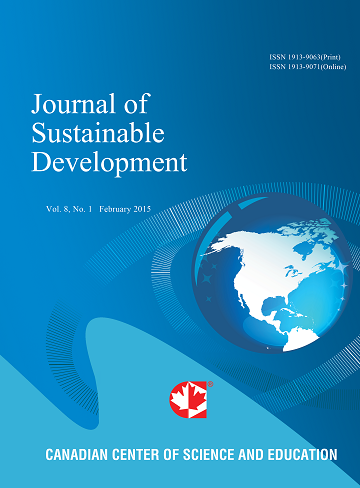Great Lakes Water Levels: Curve Fitting, Statistics, and the Unacceptable-Value Statistical Approach
- Brian D. Barkdoll
Abstract
Water levels in the Great Lakes fluctuate over time. Excessively high levels can cause flooding, erosion, property damage, and loss of human life. Excessively low values inhibit shipping since boats cannot reach the ports and docks due to low draft, thereby causing loss of economic resources. Water level prediction has proven elusive, thereby requiring a new approach to analyzing the historical record of water level values. Methods attempted here include curve fitting, conventional statistics, and a newly introduced Unacceptable-Value Statistical Approach (UVSA). The UVSA comprises only analyzing flooding and drought events. All remaining values are acceptable and, therefore, are not considered. Each flooding/drought event is comprised of all the data above/below the corresponding threshold of acceptable values. Statistics analyzed include the event volume, maximum value, length, and time between flooding or drought events. For curve fitting it was found that none of the over 3000 forms of equations fit the data well. Conventional statistics found that all the lakes had skewed histograms, and increasing levels except Superior, which was flat. The volume of unacceptable events increased for all the lakes except Superior, which was flat. The extreme high and low values increased for some lakes and decreased for others. The event durations also increased for some lakes and decreased for others. The gap time for high events generally decreased and for low events increased for some and decreased for others. This new method (UVSA) shows promise for decision making.
- Full Text:
 PDF
PDF
- DOI:10.5539/jsd.v18n6p171
Journal Metrics
Index
- Academic Journals Database
- ACNP
- AGRICOLA
- ANVUR (Italian National Agency for the Evaluation of Universities and Research Institutes)
- Berkeley Library
- CAB Abstracts
- CNKI Scholar
- COPAC
- CrossRef
- DTU Library
- EBSCOhost
- Elektronische Zeitschriftenbibliothek (EZB)
- EuroPub Database
- Excellence in Research for Australia (ERA)
- Genamics JournalSeek
- GETIT@YALE (Yale University Library)
- Ghent University Library
- Google Scholar
- Harvard Library
- INDEX ISLAMICUS
- Infotrieve
- Jisc Library Hub Discover
- JournalGuide
- JournalTOCs
- LOCKSS
- Max Planck Institutes
- MIAR
- Mir@bel
- NewJour
- Norwegian Centre for Research Data (NSD)
- Open J-Gate
- PKP Open Archives Harvester
- Pollution Abstracts
- Publons
- Pubmed journal list
- RePEc
- ROAD
- SafetyLit
- Scilit
- SHERPA/RoMEO
- Standard Periodical Directory
- Stanford Libraries
- UCR Library
- Ulrich's
- UniCat
- Universe Digital Library
- UoS Library
- WJCI Report
- WorldCat
- WorldWideScience
- Zeitschriften Daten Bank (ZDB)
Contact
- Sherry SunEditorial Assistant
- jsd@ccsenet.org
